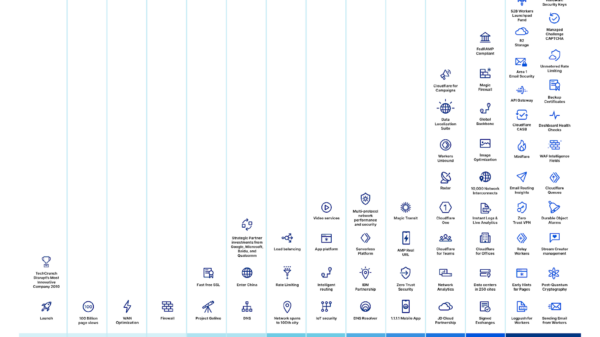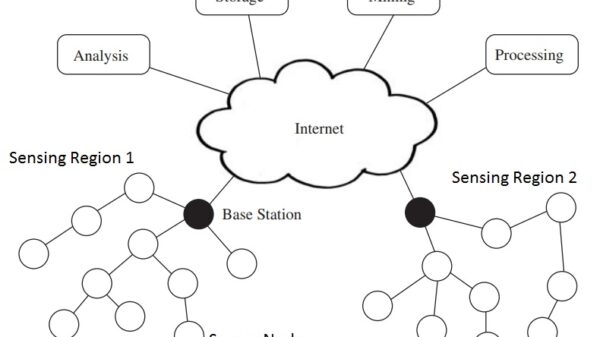There are many different alternatives to network security, each with its own advantages and disadvantages. Some of the most popular alternatives include:
- Firewalls: Firewalls are a type of hardware or software that blocks unauthorized access to a network. They can be used to prevent hackers from gaining access to a network, as well as to prevent unauthorized users from accessing sensitive data.
- Intrusion detection systems (IDS): IDSs are systems that monitor network traffic for signs of malicious activity. They can be used to detect unauthorized access, as well as to detect attacks such as denial-of-service (DoS) attacks and malware infections.
- Intrusion prevention systems (IPS): IPSs are similar to IDSs, but they can also take action to prevent malicious activity. For example, an IPS can block an attack before it can cause damage.
- Data encryption: Data encryption is the process of scrambling data so that it cannot be read by unauthorized users. It can be used to protect sensitive data, such as credit card numbers and passwords, from being intercepted by hackers.
- User education: User education is one of the most important aspects of network security. Employees should be taught how to identify and avoid phishing emails, as well as how to create strong passwords and use them properly.
Each of these alternatives has its own strengths and weaknesses. Firewalls are a good first line of defense, but they can be bypassed by sophisticated attackers. IDSs can help to detect malicious activity, but they can generate a lot of false positives. IPSs can prevent malicious activity, but they can also be expensive and difficult to configure. Data encryption can protect sensitive data, but it can be difficult to use and manage. User education is essential, but it can be difficult to get employees to take it seriously.
The best alternative for a particular organization will depend on its specific needs and budget. For example, a small business may not be able to afford a sophisticated IPS, but it can still benefit from a firewall and user education. A large enterprise may need to invest in a comprehensive security solution that includes all of the above.
In addition to the above alternatives, there are a number of other security measures that can be taken to protect a network. These include:
- Patch management: Patches are software updates that can be used to fix security vulnerabilities. It is important to keep all software up to date with the latest patches in order to protect against known vulnerabilities.
- Configuration management: Configuration management is the process of ensuring that all devices on a network are configured in a secure manner. This includes things like setting strong passwords, disabling unnecessary services, and configuring firewalls correctly.
- Physical security: Physical security measures such as locks, security guards, and video surveillance can help to protect a network from physical attacks.
By taking all of these measures, organizations can significantly reduce their risk of being attacked. However, it is important to remember that no security solution is perfect. Hackers are constantly finding new ways to attack networks, so it is important to be vigilant and to keep security measures up to date.
Here is a table that compares the five best alternatives to network security:
| Alternative | Pros | Cons |
|---|---|---|
| Firewalls | Block unauthorized access to a network. | Can be bypassed by sophisticated attackers. |
| IDSs | Detect malicious activity. | Can generate a lot of false positives. |
| IPSs | Prevent malicious activity. | Expensive and difficult to configure. |
| Data encryption | Protect sensitive data. | Can be difficult to use and manage. |
| User education | Essential for preventing attacks. | Can be difficult to get employees to take it seriously. |
drive_spreadsheetExport to Sheets
Overall, the best alternative for a particular organization will depend on its specific needs and budget. However, all of the alternatives listed above can play a role in protecting a network from attack.
















